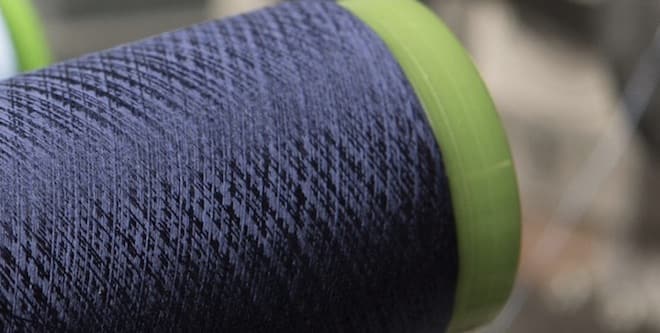As per data released by the Indian Ministry of Commerce & Industry, exports of cotton textiles touched US$ 9405 million during April to February 2019-20 as compared to US$ 11262 million in the same period last year, registering a fall of 16.50%.
“The falling exports of cotton textiles is a matter of deep concern” said Dr. K.V. Srinivasan, Chairman of The Cotton Textiles Export Promotion Council (TEXPROCIL). Within the basket of products, there has been a steep decline in exports of cotton yarn by 28.45% during this period.
Exports of cotton yarn reached US$ 2547 million in April –February 2019-20 as compared to US$ 3559 million during the same period last year.
Sharp declines were reported in major export markets like China (-51%), Bangladesh (-23%), Vietnam (-18.5%) and South Korea (-28.46%). On the other hand, the growth in exports of cotton fabrics and made-ups has also been marginal at 3.05%.
The quick estimates of exports for the month of May released by the Ministry of Commerce points to a steep decline of 64.55% in exports of cotton textiles including cotton yarn during the two month period of April-May said Dr. Srinivasan.
He further pointed out that buyers in the US and EU, two top destinations for exports, are cancelling orders and many of them are increasingly invoking ‘force majeure’ clauses within their contracts to halt payments. Buyers of cotton yarn are insisting upon a steep price cut by 15-20% adding to the problems of the cotton spinning sector.
Since exporters are passing through unprecedented times which they have never faced in the past, Dr. Srinivasan appealed to the government for policy support. He urged the government to include cotton yarn under the 3% Interest Equalisation Scheme.

He also requested the government to cover cotton yarn and cotton fabrics under the present RoSCTL Scheme and the much awaited Refund of Duties and Taxes on Export Products (RoDTEP) Scheme. These schemes, he pointed out, reimburse all the duties and taxes which are incurred during the production process and support the maxim of “export of goods and not taxes”.
It would also enhance the overall competitiveness of the textile industry and give a fillip to India becoming a hub of fabric and yarn production in South/South East Asia to serve both the domestic and export markets.
He also urged the government to release all the pending claims under the ROSL and RoSCTL schemes to the exporters of made-ups and garments. All these measures will help exporters of cotton textiles to survive and sustain in exports which in turn also enable consumption of cotton which has been procured and stocked by the Cotton Corporation of India in very large quantities.



















